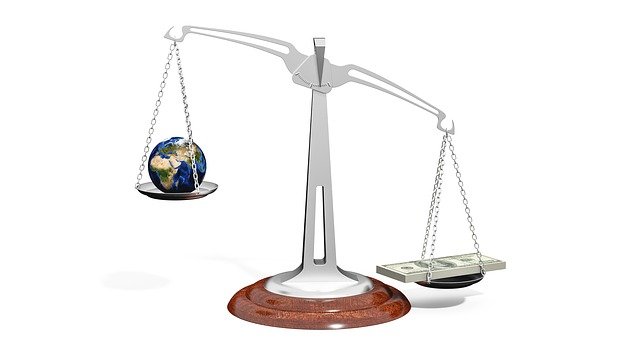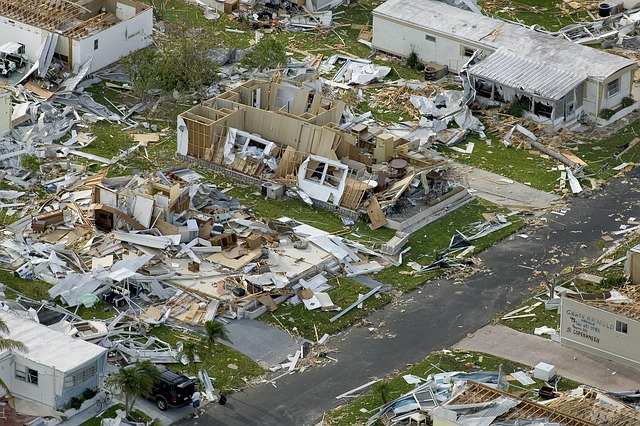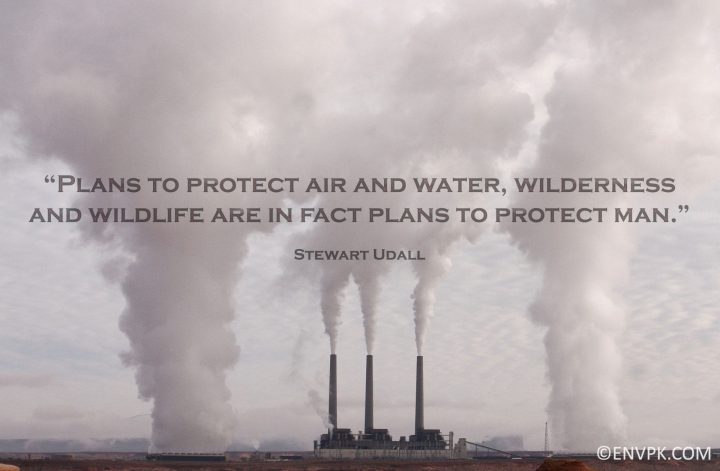INTRODUCTION
WHAT IS ENVIRONMENTAL DISCRIMINATION?
In between the years of 1970s and 1980s, there was a concept that emerged in the environmental justice movement in the United States. The concept is currently known as environmental discrimination/racism. Environmental discrimination highlights environmental injustice that has been practiced and integrated within the context of policies. Environmental discrimination shows how low-class/ specific race communities are getting exposed to disastrous environmental pollution such as hazardous waste and garbage dumps, etc. The degraded living standards will make circumstances worse by climate changes.
Also read: Brief History of Environmental Movement and Environmentalism
WHAT IS MEANT BY ENVIRONMENTAL JUSTICE?
Environmental justice is another concept that emerged as a response to environmental discrimination during the 1980s in the United States. This concept revolves around the fair distribution of environmental goods and millstones. It is explained as impartial involvement of all communities regardless of income, ethnicity, color, race, nationality, etc to the development, execution, and administration of environmental policies, regulations, and laws.
A brief illustration of these two terms has been highlighted in the table below.
| ENVIRONMENTAL DISCRIMINATION | ENVIRONMENTAL JUSTICE |
| Environmental discrimination represents the unequal consequences of environmental hazards on different races. | Environmental justice is a response to environmental racism by the environmental justice movement. |
The issues that environmental justice deals with are water pollution, air pollution, land pollution due to improper waste disposal strategies, unavailability of healthy food, and absence of a transportation system.
You might also like to read this related article to this topic: What is Climate Justice and Why Is It Important?
WHAT IS THE IMPORTANCE OF ENVIRONMENTAL JUSTICE?
The movement of environmental justice holds great importance aiming to provide and sustain a healthy environment for people living in degraded environmental conditions for ages.
- Fair Distribution of Environmental Resources: Environmental justice highlights the importance of the fair distribution of environmental resources. Every individual should have an equal approach to environmental resources.
- Sustainable Approaches toward Natural Reserves: Environmental justice encourages sustainable approaches toward natural reserves. Sustainability includes the use of renewable energy sources.
- Conservation of Natural Reserves: Environmental justice emphasizes on conservation of natural reserves. It is extremely important to restrict overexploitation of limited natural reserves.
- Environmental Policies, Laws, and Regulations: Environmental justice reinforces environmental-related policies, laws, and regulations. It provides a strong base for various environmental policies and laws regarding environmental pollution.
- Humans and the Environment: There is a direct link between human activities and the conditions of the environment. Environmental justice makes people aware of the importance of protecting the environment.
Also read: Environmental Journalism Now Crucial And Dangerous Than Ever
CONCLUSION
Environmental discrimination and environmental justice are two terms that are strongly connected. The racism concept is not new to the world. Low-income classes and people of certain races have always subjected to racism. Environmental discrimination is a huge concept that encompasses injustice treatment of communities belonging to different races. Environmental justice deals with the fair distribution of environmental entities among all communities regardless of income, color, race, etc.
Also check out: Covid-19 and Climate Change – Exposing Environmental Injustice
I hope you all liked this post! Please comment below if you have any suggestions, comments, or feedback! We at #envpk love hearing from our readers! Thanks!




